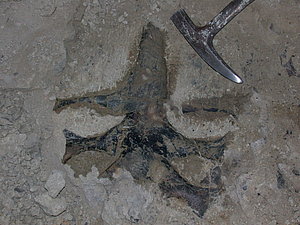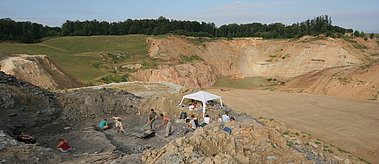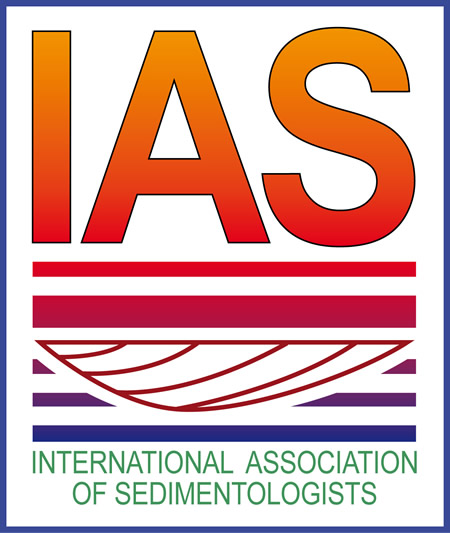PRE-4: Dinosaurs and Santonian continental sediments, Iharkút, Hungary
Discovered in 2000, Iharkút, a Santonian-aged continental vertebrate locality in western Hungary is among the most important vertebrate sites in the Late Cretaceous of Europe. 17 years of systematic excavations resulted in more than 50.000 thousands of bones and teeth including articulated and partial skeletons of at least 40 different vertebrates from fishes to dinosaurs. Bones were accumulated in various bonebeds of the Csehbánya Formation, an alluvial flood plain deposit covering pre-Santonian bauxite-filled karstic holes within Triassic dolomites. Besides vertebrates, plant remains (seeds, leaf imprints, carbonized tree trunks, amber) and poorly preserved mollusks can be found as well. New outcrops of contemporaneous lacustrine coal deposits (Ajka Coal Formation) providing microvertebrates, mollusks and amber, are also planned to be visited near the town Ajka.

The one-day bus field trip starts and ends in Vienna. Needs Schengen-Visa for crossing border from Austria to Hungary.
Physical conditions: light to medium; short walks along roads or trails.
Weather: maybe hot with up to more than 30 degrees in Hungarian lowlands, but may be also rainy.





